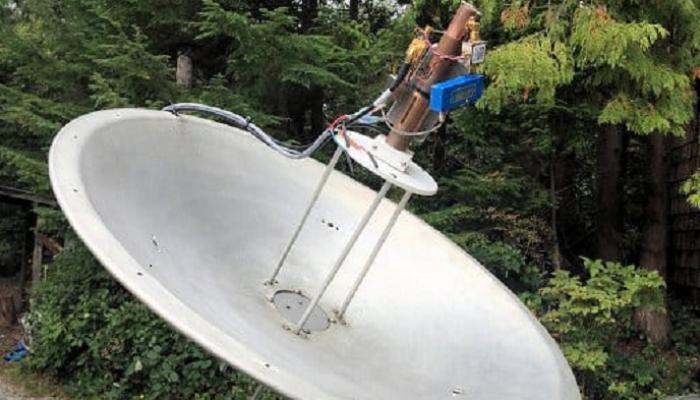
[ad_1]
While reception of signals from spacecraft was the prerogative of distant space networks, radio amateurs were able to do so as well.
A video posted by fans of these communications reveals that signals have been picked up from the Chinese probe “Tianwen-1”, which orbits Mars at a distance of about 200 million km.
The Jeddah Astronomical Society says in a statement posted on its Facebook page that these signals were observed as it entered orbit around Mars on February 10, 2021, and were clearly heard through household equipment.
The signal received from the Chinese probe “Tianwen-1” was dominated by a strong X-band wave, with weaker sidebands containing the state of the spacecraft (position and speed).
Finding that narrow pulse of information among all possible frequencies of communication in deep space is no easy task.
“After the launch of the probe (Tianwen-1), the observers scanned the 50 MHz frequency of the spectrum and found the signal, and since then the observers have been following the mission with great precision thanks to the state vector which has been decoded from the probe itself, ”explains the association.
The association adds that radio amateurs have so far picked up signals from the “Tianwen-1” probe, the “Mars Reconsence Orbiter” orbiter, NASA, and the Emirati Hope probe, all of which are in orbit. around Mars about 200 million km.
According to radio aficionados, it is beneficial to use a large antenna, but a two-foot dish can be used, but the real key is the emergence of SDRs, which have become the norm for radio amateurs over the years. last decade.
Astronomer Jeddah explains that in a program-defined radio device, computers digitally perform the functions of mixing and amplifying signals for circuits that were previously analog and software is replacing the devices.
The software identifier is inexpensive and very sensitive, and has given the kind of superb control over frequency tuning required for distant spacecraft.
The next mission will be to listen to NASA’s Perseverance rover, which is expected to land in the Jezero crater on the surface of Mars on Thursday, February 18, 2021.
As for the roving probe “Perseverance”, it does not expect a strong signal from it after landing on the surface of Mars, because it does not have a very large antenna to send and receive signals, because it transmits data via another NASA spacecraft in orbit of Mars, and therefore the signal will be weak, so it is unlikely that many hobbyists would register the landing.
Source link